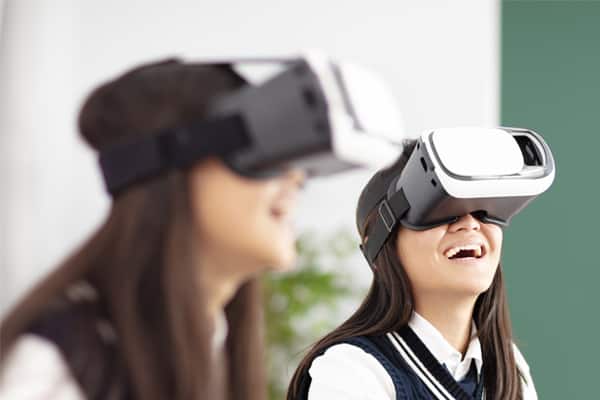The Current State of Virtual Reality and Its Future Applications

Virtual reality, or VR, has come a long way since the first head-mounted display (HMD) was invented in the 1960s. Today, VR technology is used in a variety of industries, from gaming and entertainment to healthcare and education. In this article, we will explore the current state of virtual reality and its future applications.
The Current State of Virtual Reality
The current state of virtual reality is impressive. With the advancements in technology, VR has become more realistic, immersive, and accessible to the general public. Headsets like the Oculus Quest 2 and the HTC Vive Pro 2 offer high-quality graphics, hand tracking, and spatial audio, making the VR experience more immersive than ever before.
Virtual reality is not just limited to gaming and entertainment. It is also being used in various industries, such as healthcare, education, and military training. For example, VR is being used to treat mental health conditions like anxiety and PTSD. Patients can be exposed to virtual environments that simulate the situations that trigger their anxiety, allowing them to confront and overcome their fears in a safe and controlled environment.
VR is also being used in education to provide immersive and interactive learning experiences. Students can explore historical sites, scientific concepts, and cultural landmarks in virtual reality, making the learning process more engaging and memorable.
The Future Applications of Virtual Reality

The future of virtual reality is promising. As the technology continues to evolve, we can expect more advanced and innovative applications of VR. Here are some of the potential future applications of virtual reality:
- Virtual Tourism: With travel restrictions in place due to the COVID-19 pandemic, virtual tourism has become more relevant than ever. In the future, we can expect virtual tourism to become a mainstream industry, allowing people to explore destinations around the world without leaving their homes.
- Virtual Real Estate: Virtual reality has the potential to revolutionize the real estate industry. Buyers can tour properties in virtual reality before making a purchase, allowing them to get a realistic sense of the space without having to physically visit it.
- Virtual Sports: Virtual reality can enhance the sports viewing experience by providing a more immersive and interactive experience. Fans can watch games from different angles and participate in virtual reality simulations of their favorite sports.
- Virtual Reality in the Workplace: Virtual reality can be used to enhance workplace training and collaboration. Employees can participate in virtual reality simulations to practice skills and scenarios, and remote teams can collaborate in virtual reality meetings.
The current state of virtual reality is impressive, and the future applications of VR are exciting. From gaming and entertainment to healthcare and education, virtual reality has the potential to revolutionize various industries. As the technology continues to evolve, we can expect more advanced and innovative applications of VR in the future.




